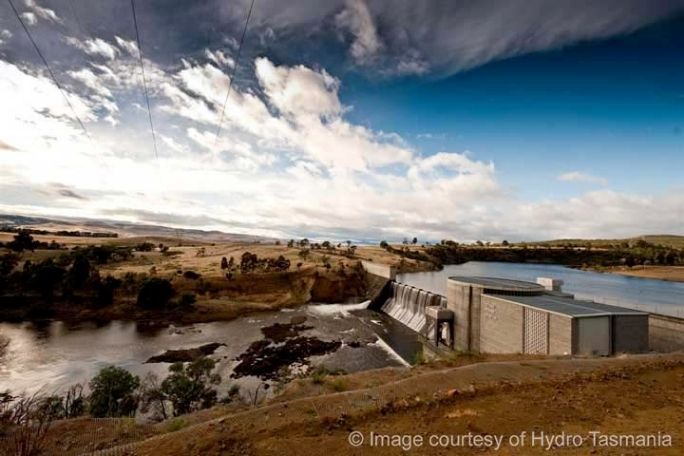Lesson summary
Students will work with power output figures in watts, megawatts and horsepower. They will calculate using addition, subtraction, multiplication and division and make conversions between units of measurement. Figures are drawn from the real world operations of Hydro Tasmania.
Learning intentions:
Students will...
- develop and practise their skills in arithmetic calculations using calculators and problem solving skills
- develop skills in interpreting and working with units of measurement of energy.
Lesson guides and printables
Lesson details
Curriculum mapping
Australian curriculum content descriptions:
Year 7 Mathematics:
- Connect fractions, decimals and percentages and carry out simple conversions (ACMNA157).
- Find percentages of quantities and express one quantity as a percentage of another, with and without digital technologies. (ACMNA158).
Year 8 Mathematics
- Carry out the four operations with rational numbers and integers, using efficient mental and written strategies and appropriate digital technologies (ACMNA183).
- Solve problems involving the use of percentages, including percentage increases and decreases, with and without digital technologies (ACMNA187).
Syllabus Outcomes: MA4-1WM, MA4-2WM, MA4-3WM, MA4-4NA, MA4-5NA
Time required: 60 mins.
Level of teacher scaffolding: Medium – oversee activity.
Resources required
- Internet access
- Power maths – resource sheet
- Calculators
- Student Worksheet (one copy per student OR computers/tablets to access the online worksheet)
Additional info
Hydro Tasmania has been at the forefront of clean energy innovation for one hundred years. It is Australia’s largest producer of clean energy – generating hydro and wind power – and the largest water manager. Hydro Tasmania has 55 major dams, operates 30 hydropower stations and has built some of Australia’s largest wind farms.
Hydro Tasmania also sells energy in the National Electricity Market through its retail business Momentum Energy, and sells its expertise internationally through its consulting business Entura.
Visit the Hydro Tasmania website to learn how the business is working towards Australia’s clean energy future.


Welcome back!
Don't have an account yet?
Log in with:
By signing up to Cool.org you consent and agree to Cool's privacy policy to
store, manage and process your personal information. To read more, please see
our privacy policy here(Opens in new tab).
Create your free Cool.org account.
Many of our resources are free, with an option to upgrade to Cool+ for premium content.
Already have an account?
Sign up with:
By signing up to Cool.org you consent and agree to Cool's privacy policy to
store, manage and process your personal information. To read more, please see
our privacy policy here(Opens in new tab).